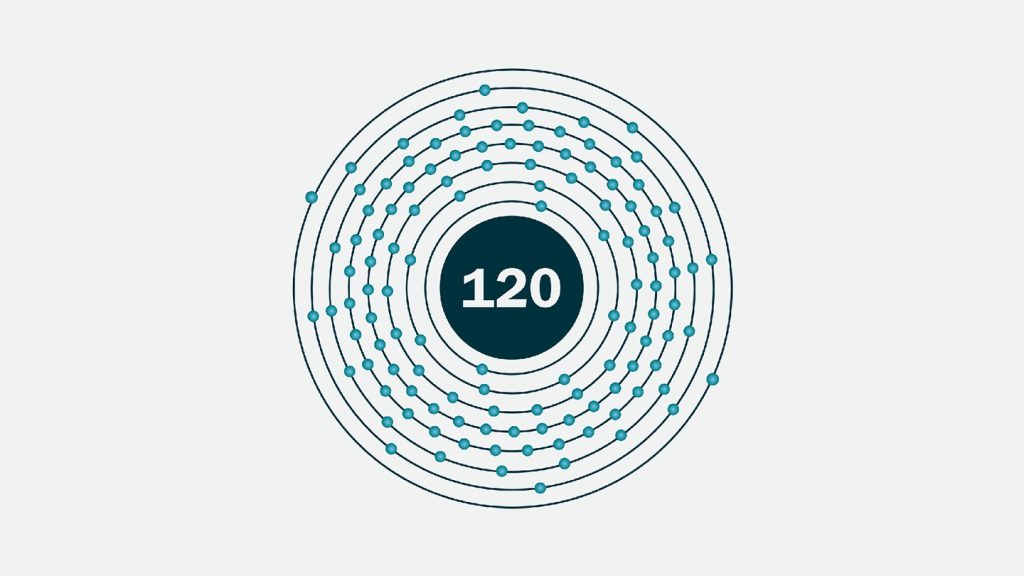A recent study suggests expanding the periodic table by searching for element 120, using electrically charged titanium atoms to create a new element with 120 protons. In a proof-of-principle experiment, researchers successfully created livermorium, element 116, by bombarding a target of plutonium with titanium ions. The experiment showed promise for creating element 120, although it would take approximately ten times longer to achieve. This approach marks a shift from using calcium-48 beams to titanium-50 beams for creating heavy elements, as the former targets are radioactive and short-lived.
The current periodic table consists of 118 chemical elements, with the five heaviest elements produced using calcium-48 beams. Changing the target element allows scientists to create heavier elements corresponding to the number of protons in the nucleus. However, due to the short lifespan of potential target elements beyond 118, researchers are now exploring the use of titanium-50 beams to facilitate the search for new elements. This change in methodology reflects the need to find alternative ways of producing heavy elements and expanding the knowledge of the periodic table beyond what is currently known.
The process of adding a new element to the periodic table involves complex experimental procedures and the use of advanced technology. Researchers carefully select target materials and beam particles to initiate nuclear reactions that lead to the creation of new elements. By overcoming technical challenges and leveraging innovative experimental techniques, scientists can push the boundaries of scientific discovery and contribute to expanding our understanding of the fundamental building blocks of matter.
As technology evolves and scientific research progresses, the need for accurate and reliable journalism becomes increasingly important. Science News is dedicated to delivering insightful and informative content to its readers, covering a wide range of scientific topics and breakthroughs. Through partnerships with organizations like Trusting News, Science News aims to gather feedback on the responsible use of AI in journalism to enhance its reporting capabilities and engage with its audience more effectively.
By supporting climate journalism and investing in environmental literacy, individuals can contribute to the global effort to address climate change and foster a more sustainable future. Science News and its parent organization, the Society for Science, rely on the support of subscribers and donors to continue their mission of promoting science literacy and informing the public about crucial scientific issues. Your contribution can help strengthen environmental awareness and ensure that decisions related to climate change are based on accurate scientific knowledge.


